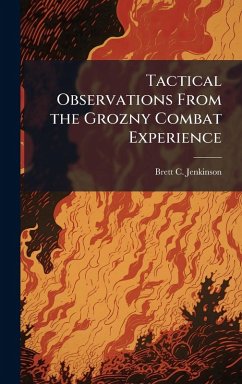The Russian battles for Grozny, Chechnya provide relevant contemporary examples for the study of urban combat involving modern, conventional forces on one side and a guerrilla force on the other. The first and fourth battles for Grozny, a city of nearly a half million people, were the major Russian assaults to seize the city from the Chechens during the latter's struggle for secession from the Russian Federation. This thesis provides an explanation of the historical method used, a history of the Chechen-Russian relations leading to the battles, a description of the first and fourth battles, their lessons learned, and an analysis of the value of those lessons learned. This thesis provides a frame of reference for future urban combat and highlights valuable techniques to improve urban combat military theory. This work has been selected by scholars as being culturally important, and is part of the knowledge base of civilization as we know it. This work was reproduced from the original artifact, and remains as true to the original work as possible. Therefore, you will see the original copyright references, library stamps (as most of these works have been housed in our most important libraries around the world), and other notations in the work. This work is in the public domain in the United States of America, and possibly other nations. Within the United States, you may freely copy and distribute this work, as no entity (individual or corporate) has a copyright on the body of the work. As a reproduction of a historical artifact, this work may contain missing or blurred pages, poor pictures, errant marks, etc. Scholars believe, and we concur, that this work is important enough to be preserved, reproduced, and made generally available to the public. We appreciate your support of the preservation process, and thank you for being an important part of keeping this knowledge alive and relevant.
Bitte wählen Sie Ihr Anliegen aus.
Rechnungen
Retourenschein anfordern
Bestellstatus
Storno

